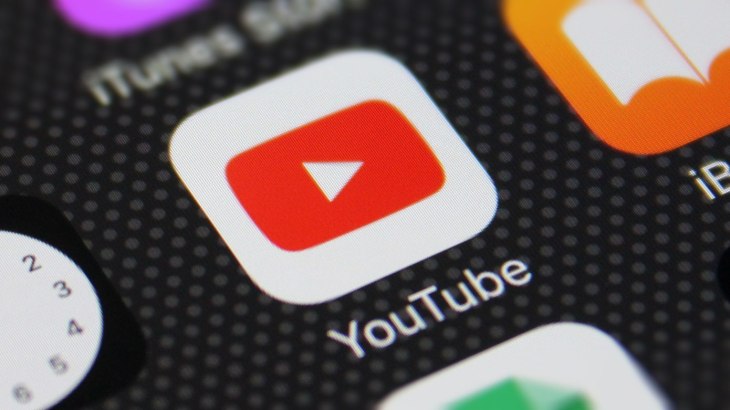Zurich, 01.04.2021: Brands usually make the mistake on social media of not telling their products an authentic story with a face that the audience can identify with. The result: a lot of effort in the battle for attention that cannot be won. Not so with our 7 tips that show what it takes to not only use social media as a brand but to properly harness it.
Know target groups & know where to find them
There is no such thing as the “best” platform, influencer, or campaign format. Brands need to invest time in researching possible options and making a choice that will best help them achieve their goals. Accurately identifying the target audience is an important first step, followed by deciding the best platforms to reach them.
Read our blog posts about the evolution of social media platforms and different audiences here.
Stay relevant
What most users do on a platform is very important to consider. The chances of brands being successful increase enormously if they provide the kind of content that the target groups on the platform actively seek out and consume, such as video games on Twitch. The platform has over 9 million active users and all of the top 5 are gamers.
Segmenting audiences within each platform can increase relevance even further. For example, on Facebook, brands can easily create a custom list of people who have previously messaged the company to re-engage potential customers.
Make campaigns interactive
Social influencer marketing offers an agile, real-time communication channel with consumers. In influencer marketing and social media in general, brands should interact with consumers and aim for effective two-way communication. Too often, however, brands playout content to their audience without bothering to listen to find out what they really want. Interactive campaigns, on the other hand, lead to more engagement, brand advocacy, and likeability, as well as more conversions and better customer retention.
Social media offers brands the unique opportunity to make campaigns interactive and collaborative. By encouraging participation and interaction and integrating user-generated content, brands can transform their campaigns from brand monologues into real conversations. The close connection influencers have with their communities is ideal for engaging audiences in conversations and making campaigns interactive. Influencers can generate interactions in a variety of ways, including:
Challenges
Competition
Surveys
Q&A Sessions
Using the latest technologies
Actually, the concept of virtual reality (VR) is nothing new, but with the new release of the Oculus Quest in May 2019, it has become increasingly popular. VR allows people to share and interact with others around the world, which seems especially important given the ongoing need for social distancing. As such, Facebook is currently testing the Oculus VR platform to create a virtual world where people can connect and play games.
Augmented reality (AR), on the other hand, is even more accessible, as it requires no additional hardware other than a smartphone. AR filters can be used to promote fan interaction or new products.
The popular Kinder chocolate brand’s “Jump into Africa” campaign allowed its consumers to discover animated 3D safari animals while in Tesco supermarkets in the UK.
Staying up to date on the chosen social media platforms
Brands should always be aware of the various changes and new features on social media platforms, as circumstances change quickly. Twitter, for example, announced paid Super Follows on February 25, 2021, where users will have to pay for tweets. Furthermore, YouTube Shorts, which is considered a competitor to TikTok, entered the U.S. market on March 18, 2021.
In addition, TikTok recently launched “TikTok For Business” to highlight tips such as information on various elements for building a brand, including insights on creative inputs, strategies for ads, and key trends. TikTok Ads Manager supports as a simple self-service tool that allows brands to create and post their ads directly to the TikTok feed.
Focus on people & use stories
Human interest stories help audiences identify with the brand and encourage interaction, for example, by showing people currently using the product rather than just posting photos or videos of the product itself. Social media stories can create a strong emotional connection with the brand and further its purpose. A study by SocialInsider also found that images in stories have a 5.65% higher tap-forward rate than videos. Images of people using a product in relatable situations can help users* connect. For example, these people could be hired actors, paid influencers, or satisfied customers – all are beneficial.

Consumers are 2.4 times more likely to say they find user-generated content (UGC) more authentic than brand-created content. In addition, many employees at all levels are likely already committed to their employer and its products or services. Brands should embrace and build on this enthusiasm because people who make their employer’s product are highly credible sources
MensPeople like to see other people. Research published in the Journal of Advertising Research shows, “Ads with people’s faces and ‘face-like’ (i.e., illusory) images attract more attention in a short time and are preferred over other ads.”
Represent authenticity and values
Consumers want to support brands that embody their own values. As noted in Inc, Gen-Zers “want to see authenticity in marketing, including evidence and a culture that backs up claims of strong company values.” Sixty-seven percent agreed that “staying true to yourself and your values and beliefs makes a person cool,” and they feel the same way about brands.
74% of respondents to a Twitter poll want brands to show acts of kindness, and 77% feel more positively about brands that try to help society during this crisis.
While it’s tempting to focus on stats like followers and likes, it’s important to remember that interactive exchange is a two-way street. Interacting with the community also helps build trust and credibility.
Follow Kingfluencers for more tips, on how to create your social media campaigns engaging.
Author: Megan Bozman, Owner @Boz Content Marketing



